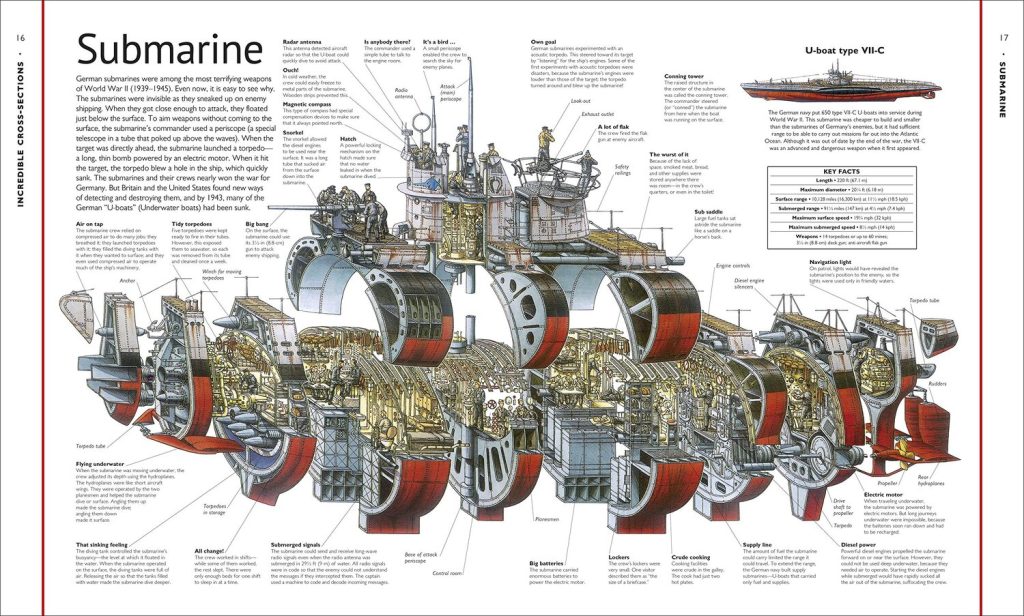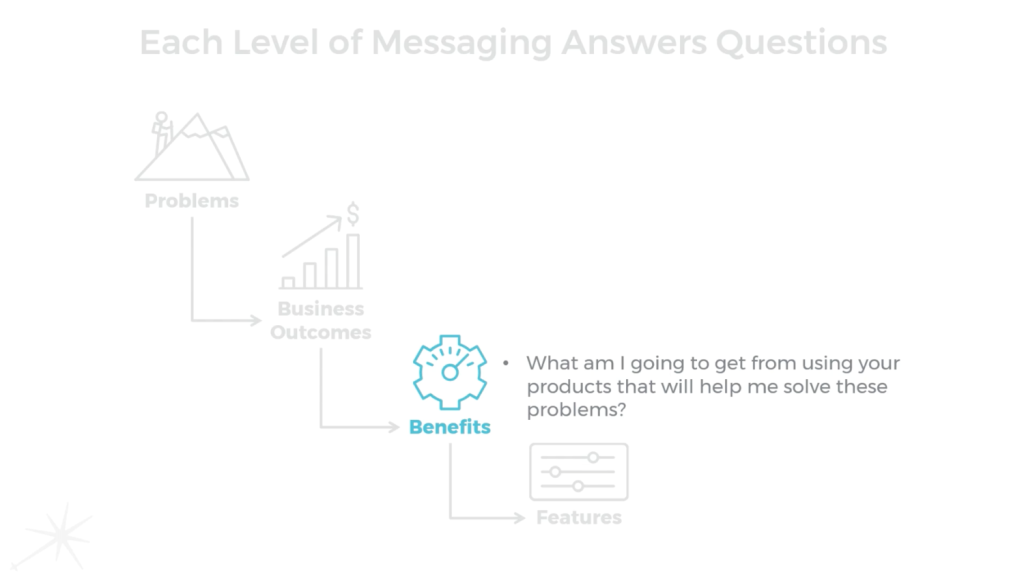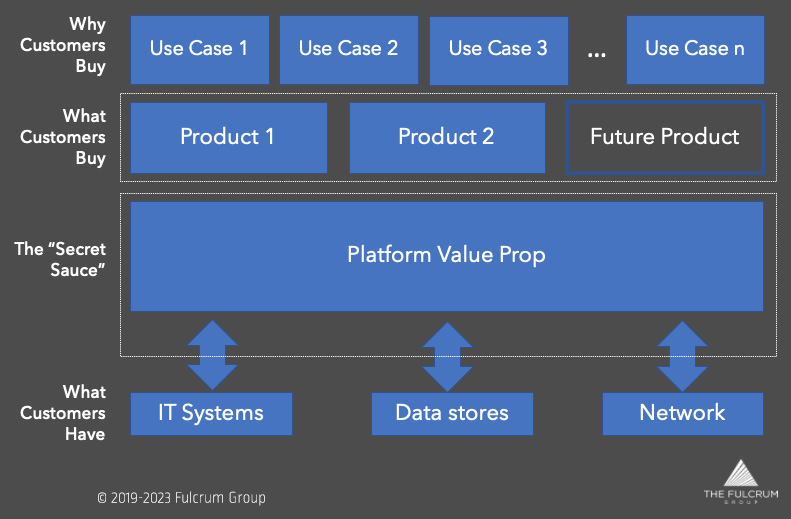Products are complex and complicated beasts.
They have so many nooks and crannies. A veritable mélange of features, functionalities, knobs, dials, switches, and benefits.
Any product also has gaps and shortcomings, if we’re being honest with ourselves.
Customer environments are complex and complicated beasts.
They have so many modern, legacy, and bespoke tools and solutions. A veritable mélange of features, functionalities, knobs, dials, switches, and benefits.
Any customer environment also has gaps and shortcomings, if customers are being honest with themselves.
Now add to this medley whole legions of product storytellers—sometimes known as your marketing efforts—battling for a little slice of mindshare.
Piling on more features, functionalities, knobs, dials, switches, and benefits to all of this cacophony. Many marketeers also point out the gaps and shortcomings of competitor products and/or existing customer environments.
GOOD GRIEF!
That’s one confusing world in which we (as product markers), our prospects and customers operate!
This is one of the many reasons it’s challenging to find enough elbow room to create a breakthrough moment at different stages of your customer lifecycle. Be it awareness, acquisition, or post-sales.
So, how did we get ourselves into this collective mess?
By believing we MUST tell our potential and existing customers everything we possibly can about our products at every opportunity.

Crafting your product narrative—and then having this dialogue with prospects and customers—is one tough task for any company.
I’ve already written about the general messiness of this journey and the critical importance of zeroing in on the one thing that matters for your audience.
Let’s now focus on another common cause for confusion: trying to give everything you do a name or label.
Too much detailed detail

For years, I have loved those wonderful cross-section books illustrated by Stephen Biesty. You might recognize their elaborate and detailed explorations of castles, rockets, cars, or cities (ancient and modern). One can easily get lost in these diagrams, tracing imagined connective tissue between the various parts to create episodes of “How It Works” in your mind’s eye.
These poetic images might be nostalgic.
The harsh reality is: your audience has neither the time nor the desire to be exposed to your product story in this way. Using this approach won’t lead to intense engagement. It only risks overwhelming your target audience.
You need to be careful about bombarding your prospects with too many details, labels, names, and other helpful descriptors. Especially in the early stages of the buyer journey.
Yes, there will be those prospects who will need greater technical depth to understand how your solution delivers on the promised benefits. However, you first need to help put all of this into a context your customer understands: their current environment and their pressing problems needing a new approach.
It’s okay to talk about features
I’m not going to suggest the answer is to go into full-on “marketing fluff” mode. Your narrative needs to be credible, authentic, and meaningful.
Instead, I’d encourage you to watch a recent presentation delivered by my friend, Product Marketing Alliance community colleague, and co-founder of GrokSpark Tim Hinds.

In “Don’t NOT Talk About Features”, Tim covers off “that feature-level messages about functionality help prospects understand how your product is going to provide those benefits, solve their problems, deliver that business value.” He’s advice is to understand that “the trick is being able to tie all those levels of messaging together in a cohesive story that makes it easy for each prospect to see exactly which features matter to them and why.” Tim shares best practices to get you started and useful examples from companies who have—in his experience—gotten this right.
100% worth 30 minutes of your time!
Map out your narrative
With this better understanding of how to balance benefits, outcomes, and feature-functionality levels, take time to map out the “moving parts” of your product story into a simple relationship hierarchy.
Note that I didn’t say a “marketecture”. There’s a time and place for that tool later on, for customer-facing content.

This map should include four simple, yet critical elements:
- What customers have: Speak to that complicated beast and tangled web of existing tools and solutions already in your targeted customer’s environment. Be sure to include all the aspects that directly tie into your solution (dependencies) as well as things that are related (co-existence).
- What customers buy: Believe it or not, some product narratives make it incredibly hard to know what the heck your buyer actually purchases. Be clear and concise on the specific widget, product, SaaS service subscription, etc. you monetize and that “gets delivered” to your paying customers.
- Why customers buy: Use cases that address problems or jobs to be done. Reminder: These aren’t the features and capabilities that your product or service delivers. It’s the outcomes they make possible.
- The “Secret Sauce”: What makes your thing (the what customers buy) different in addressing my pain point (the why) with the stuff or situation I have?
This last element sits between their environment and your product. It’s where your value prop and competitive differentiation exists.
Mapping it all out in this frame gives you an effective way to identify what’s the best and most succinct tell your product story without inadvertently creating one of those Biesty-esque cross-section diagrams.
It’s through this accounting that you’ll surfaces areas where you’ve created a tsunami of product notions and concepts. Trim and massage it until you’ve distilled the most critical bits into a digestible nugget that eliminates the need for your audience to do unnecessarily acts of calculus to answer the most basic question: what can you do for me?
Remember, you’ll have time to double-click all-the-way down to machine code level of detail once you’ve won over your audience.
Also, watch out for unnecessary labels or product naming constructs.
You want your secret sauce to be whole and something that can be asked for by name. Otherwise, you’ll be expecting your target audience to rattle off the fanciful branding of each of the “11 herbs and spices” that go into it. Trust me, no one is going to take the time to do it.


